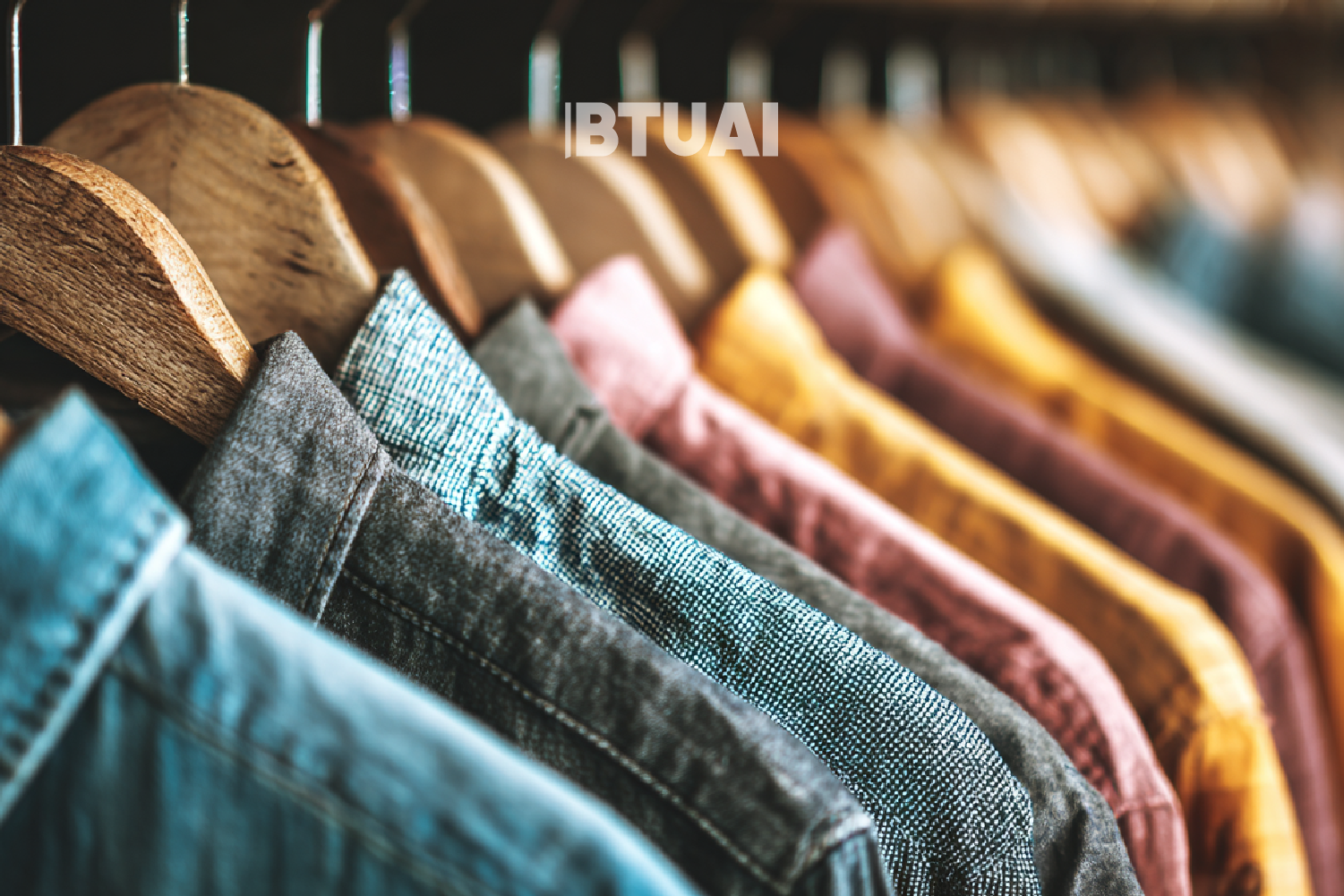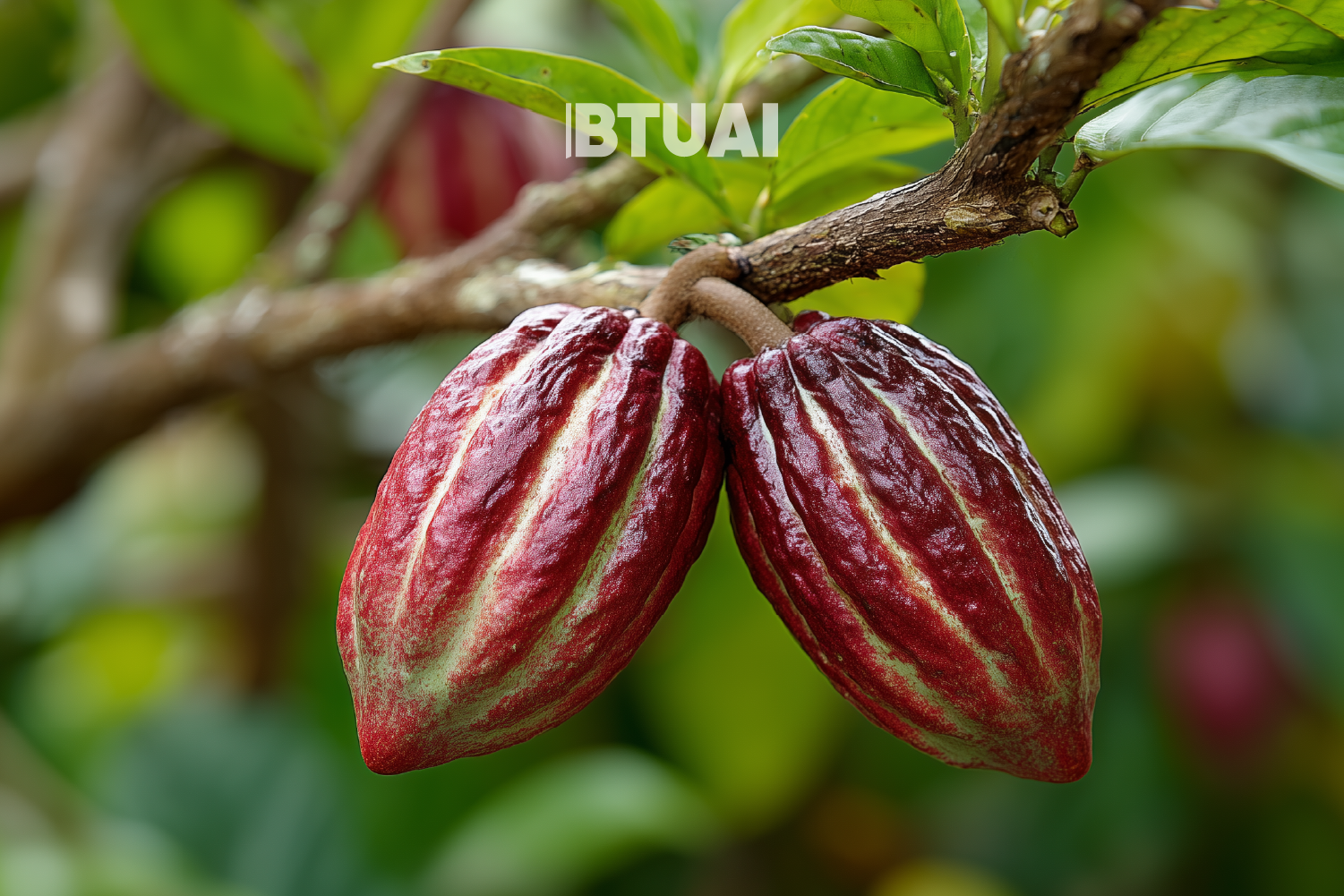Second-Hand Boom vs. Slow Fashion — What Georgian Consumers’ Choices Reveal About Sustainability
Over the past decade, Georgia’s second-hand clothing market has not only expanded but has become one of the most

Over the past decade, Georgia’s second-hand clothing market has not only expanded but has become one of the most active and steadily growing segments of the local fashion industry. Whereas years ago second-hand clothing was mostly associated with lower-income shoppers, today it attracts a much broader audience. Second-hand stores, pop-up sales, and online platforms provide access to branded and often unique items at prices far below those for new products in local stores.
The breakdown of import sources shows that Turkey dominates the market, supplying almost half of all second-hand clothing. Other key sources include the United States, the United Kingdom, the Netherlands, and the United Arab Emirates. This geographic diversification increases the variety of products available but also shows that Georgia’s second-hand supply is deeply integrated into global trade networks.
Why Do Consumers Choose Second-Hand? – Price remains one of the most decisive factors in Georgia. Amid rising living costs and inflation, many consumers seek ways to cut daily expenses, including on clothing. Second-hand allows them to purchase quality, sometimes branded items at a fraction of the price they would pay for new goods.
A second factor is variety and style. Second-hand shops often stock models and styles that are simply unavailable in local retail stores — especially items from past collections or rare designer pieces. This creates a “fashion hunting” experience that appeals to young shoppers and those who like to experiment with their style.
The third factor is the environmental argument, although in Georgia it remains secondary. While globally the choice of second-hand is often tied to environmental awareness, most local consumers make this choice primarily for economic rather than ecological reasons.
The Slow Fashion Challenge in Georgia – Slow fashion is based on producing high-quality, long-lasting garments in small batches, often using local resources. Its main strengths are reduced waste, greater production transparency, and social responsibility. However, in Georgia this segment is still niche and struggles to reach a broad market.
Price is one of the main barriers. The lack of local textile production forces brands to source fabrics and materials from abroad, significantly increasing production costs. As a result, slow fashion items are accessible only to a small share of local consumers — mainly higher-income urban audiences.
The boom in second-hand creates a double effect: on one hand, it extends the life cycle of garments and reduces waste; on the other hand, its low prices and high accessibility present strong competition for slow fashion brands, especially when local production cannot lower prices to competitive levels.
The Environmental Aspect — Positive Impact with Hidden Limitations – The expansion of the second-hand market is seen globally as a key part of the circular economy. Reusing clothing reduces textile waste, lowers the need for new production, and therefore lessens environmental pressure.
However, in Georgia, the environmental benefit is often not the main motivation for consumers. This means that despite its positive ecological effect, the popularity of second-hand does little to raise environmental awareness or promote other forms of sustainable fashion, such as slow fashion.
Structural Features of the Market – The second-hand clothing market in Georgia is not only growing rapidly but is also becoming more organized. In recent years, online platforms such as Phubber have emerged, allowing users to sell and buy pre-owned items. These digital channels increase accessibility and reduce transaction costs, further accelerating the expansion of the segment.
At the same time, there has been growth in specialty second-hand stores that focus on high-quality, branded items. This segment is moving beyond the “bazaar” stereotype and entering modern retail formats — with curated displays, styled interiors, and branded packaging.




